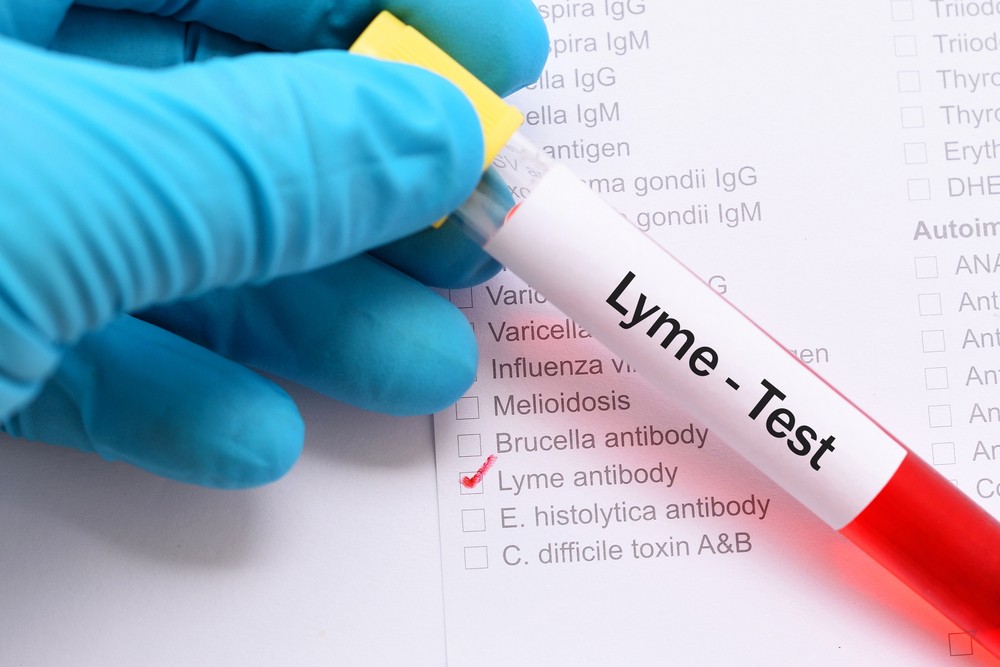Popular Reads
Top Results
Can't find what you're looking for?
View all search resultsPopular Reads
Top Results
Can't find what you're looking for?
View all search resultsWhat to know about Lyme disease
Lyme is the most common tick-bite related disease, infecting around 300,000 people in the United States every year.
Change text size
Gift Premium Articles
to Anyone
What starts as a mosquito-bite-like red bump, may end up as something worse.
If the bump expands into a red area that looks like a bull’s eye after 30 days, accompanied by fever, chills, aches, neck stiffness, shortness of breath, headache or fatigue, there is a chance that you might be infected by Lyme disease.
Lyme is the most common tick-bite related disease, infecting around 300,000 people in the United States every year.
Read also: Justin Bieber reveals he has Lyme disease
Caused by bacteria Borrelia burgdorferi and Borrelia mayonii, and transmitted mainly by pin-head sized deer ticks, Lyme disease is fortunately treatable.
Removing the ticks within 24 hours after being bitten will cut the risk of developing Lyme because on average, it takes 36 to 48 hours for the bacteria to reach the host.
To remove, use tweezers and carefully pull the tick off, grasping near its mouth or neck. Apply antiseptic directly afterward.
However, if the bitten area has developed into a rash, not itchy or painful, but warm when touched, it is time for a doctor’s visit.
The infection, if left untreated could spread to the joints, heart and nervous system. The patient might even experience swelling of the membranes surrounding the brain, temporary paralysis of one side of the face, or “brain fog”, which is basically forgetfulness and confusion.
According to the Mayo Clinic, the standard treatment for early-stage Lyme disease is oral antibiotics, spanning over 10 days to three weeks.
If the bacteria has infected the central nervous system, patients might be treated with intravenous antibiotics for up to four weeks. This treatment could, unfortunately, lower the white blood cell count and cause diarrhea for some time.
Surviving better in warm weather these ticks cannot fly or jump, they hold on to leaves and climb on hosts to bite instead.
For prevention, the US Centers for Disease Control and Prevention (CDC) recommend avoiding wooded areas with high grass, wearing insect repellent with at least a 20 percent DEET (diethyltoluamide, the most common active ingredient in insect repellents) concentration and taking frequent showers.
Another effective way to avoid Lyme disease is to wear long sleeves, long pants and hats when walking and hiking in the woods. Dogs or cats might also carry the ticks around, so best to check for them frequently.
Vaccines to prevent Lyme disease are also currently being developed.
According to Forbes, Valneva, a biotech company creating vaccines is in phase 2 of developing an anti-Lyme vaccine, tested on more than 800 people.
“Phase 2 will end in the middle of 2020. We expect this will enable us to enter the last clinical phase in mid-2021,” said Thomas Lingelbach, CEO of Valneva.
“Depending on those results, we may be four to four and a half years away from the first potential Lyme disease vaccine.” (vel/kes)










